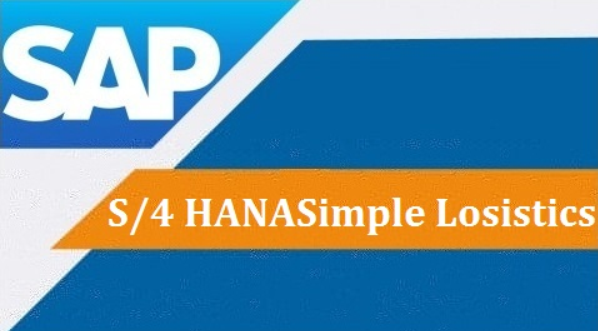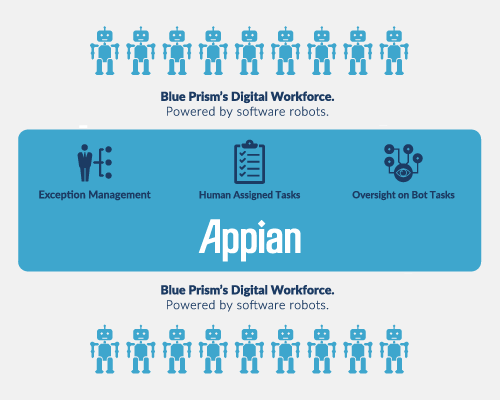What is sLOG or Simple Logistics on S/4 HANA?

The market has seen huge increases in the number of S/4HANA implementations globally, whether they are for the S/4HANA general suite, or more specifically Simple Finance or S/4HANA Finance. But what’s going on with S/4HANA Enterprise Management, also known as sLOG or Simple Logistics?
In the same way that SAP S/4HANA Finance is the next step for SAP FI/CO systems, S/4HANA Enterprise Management is the next phase for the ECC6.0 traditional logistics modules, for example SD, MM, PP etc..
Similarly to S/4HANA Finance, it will take a bit of time before everyone decides that they need to move their existing systems to SAP S/4HANA Enterprise Management. Options need to be assessed, customers need to be convinced that it is the best option for them and it is worth the cost of the project. As with Simple Finance, there will be a significant increase in the number of ongoing projects and customers carrying out these implementations.
If we look at the SAP revenue numbers for 2017 and the number of customers purchasing the new solutions (Hybris, S/4HANA, SuccessFactors among others), it is clear to see that SAP have been very successful with their cloud solutions up until now. What is also clear to see is that there is a significant lack of certified resources in the market at the moment, meaning these projects and implementations can’t happen as quickly or abundantly as they otherwise might be.
So, if you’re thinking about retooling, is now the right time? YES!
Check out the 17 minute video below for a 500 foot explanation of sLOG and the changes to the DATA MODEL and UX.
DIG DEEPER: Take a look at this 17 minute video below for further understanding.
Understanding The Power of Digital Process Automation Using Appian iBPM

Among intelligent BPM (iBPM) solutions, Appian iBPM Solutions remain the best-in-class primarily due to its focus on the business user by enabling them to improve business decisions. Appian iBPM Solutions follows a tenet known as their Business Decision Cycle comprised of Awareness, Knowledge, and Action. While certain Appian capabilities are offered by other solution providers, Appian has four key features that continue to win raves and vault the solution into the position of being the best: its recent acquisition of Blue Prism RPA, the three pillars of iBPM, Low-code platform-as-a-service (PaaS), and dynamic case management….
What is Robotic Process Automation
Q&A (Post your questions and get the answers you need)
Q. SAP offers different operating models for SAP S/4HANA. What options do customers have, and what are the main differences between them?
A. It’s possible to run SAP S/4HANA both on-premise and in the cloud.


